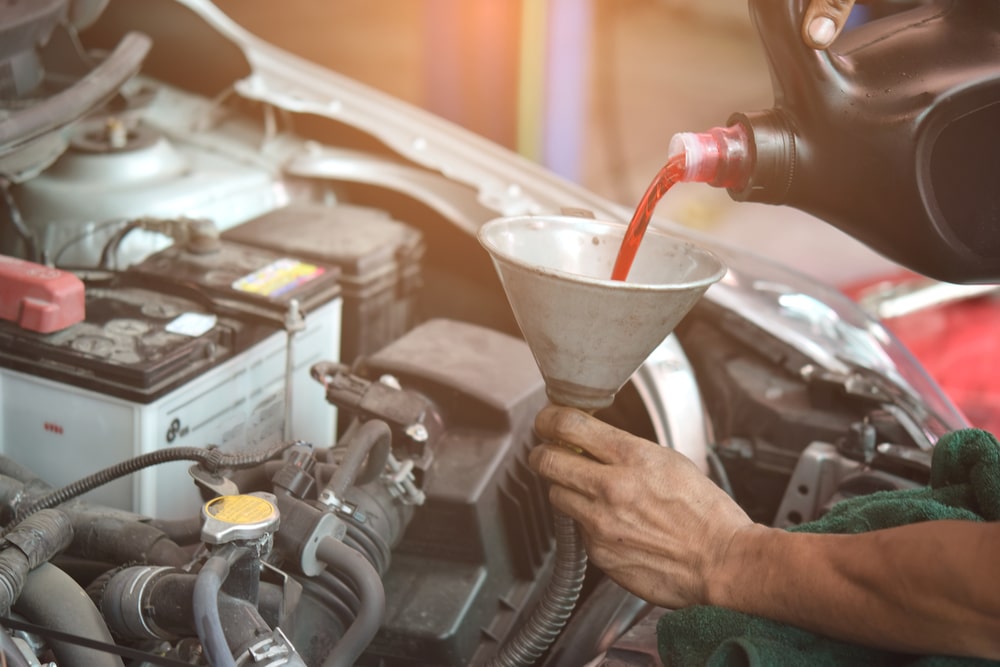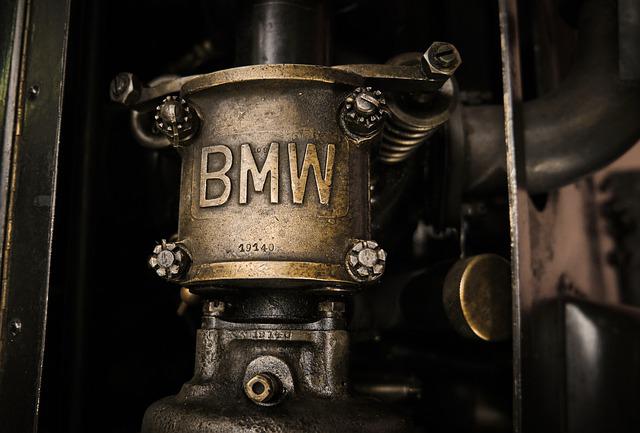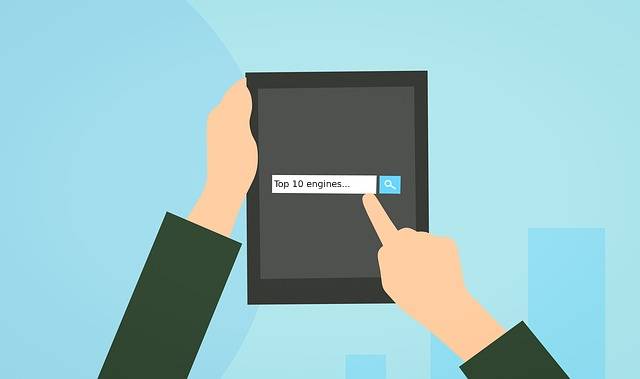Do you leave the car running when adding transmission fluid?
Find Used Engines and Transmissions for a Great Price! Live Assistant For Used Engines Call 1800-518-9776

As a car owner, a very important part of maintaining your car is adding transmission fluid to it. The levels of this fluid are to be preserved in a timely manner and failure to do so can decrease the hydraulic pressure of your car, causing intense gear slips.
But did you know that car transmission problems can start just by the way you top up? A serious concern that many car owners have is whether their car engine should stay on or off while adding fluid to it. Some worry about overheating issues with an idling engine, while others believe that a turned-off engine is better.
Either way, this issue can’t be ignored. This is why in this blog we’ll discuss in detail whether you should leave your car on or off while adding transmission fluid, the steps you can take to check the transmission fluid of your car, and much more. So why wait? Read on!
Is It Advisable to Leave the Car on While Changing the Transmission Fluid?
So, it's time for you to change the transmission fluid of your car. Before you do that, it’s important to remember that when you start your car -the engine starts heating up. As a result, your transmission fluid will get warmer as well.
As your car continues to idle while it's turned on, the transmission fluid will spread out in the transmission because of the rise in temperature. This helps your car perform better and makes it easier to lubricate the inside of your car’s transmission.
On the other hand, switching your car off while filling the transmission fluid makes you more prone to overfilling the fluid. This can prove to be really dangerous for your car and should be avoided at all costs. Therefore, it's better to leave your car on during the process of changing transmission fluid.
How to Check Transmission Fluid?
Whether your car is automatic or manual, you need to check on its transmission fluid from time to time. This ensures the optimal performance of your car because it can't work well without a good transmission.
Here are some steps you can take to check the transmission fluid of your car-
-
TURN ENGINE ON: Make sure your car is in a safe spot and wait for your engine to warm up after starting it. You can check the owner's manual if you have a doubt about your car’s ability to handle the heat while changing the transmission fluid.
-
USE DIPSTICK: There are transmission fluid dipsticks that will be located at the transaxle of your engine. If you can’t find one, they are easily available in the market for checking transmission fluid levels. You now need to insert it into the fluid.
-
CHECK FLUID LEVEL: Now, take the dipstick out and observe where the markings on the dipstick land. If your car’s transmission fluid does not come up to the warm level, it's time for you to fill more fluid into your transmission.
-
RE-FILL FLUID: Get a funnel and fill the fluid up till it reaches the warm line. You can add it through the hole of the dipstick too. It’s important to keep in mind that the fluid may be hot and it's crucial to be cautious of any injuries. Pay extra attention to the fluid levels so you don't avoid overfilling it.
-
FINAL CHECK: Once you’re sure the dipstick shows that fluid has reached the warm level, it's time to remove the dipstick and close the hood of your car. After these steps are completed, you can turn your car engine off.
Can Transmission Fluid Be Added Without Flushing?
Nowadays, most people have automatic transmissions that need to be flushed routinely. This has become so important with modern cars that a car can lose its ability to work properly if the transmission fluid isn’t topped up often.
Back in the day, manual transmissions didn’t need too much maintenance. It was as simple as draining out the fluid and topping it up again to protect car transmissions. But since we live in an era where automatic transmissions are the most common, it makes us wonder whether flushing it is important and how expensive it can get.
The answer is simple, you can opt for just changing the transmission fluid as a temporary measure. But, this won’t help in the long run. Your car transmission needs to be preserved so that it stays stable enough for as long as you use it. That’s why it becomes extremely important to maintain a set routine for flushing your transmission.
Another common question you may have is how much a transmission flush can cost you. The average person pays around $123 to 300 for a typical flush, but costs may vary according to your car type and model.
Is It Okay to Add Transmission Fluid to a Running Engine That’s Hot?
Although it's good practice to add transmission fluid when your car is warm enough, it's very important to make sure your engine isn’t overheating while adding it. This is because doing this causes excruciating damage to your transmission and the overall health of your car.
The best thing you can do while adding transmission fluid to your car is to make sure your car is idling and warm enough for it to spread out when you refill it. This makes it easier to tell if the fluid levels are being met as it disperses easily when the car system is at a lukewarm temperature.
To conclude, it's critical for the safety of your car’s transmission that you don’t let the engine overheat. A normal to warm temperature while adding transmission fluid will increase your car’s workability and keep the transmission in good shape for a long time.
Is Using a Dipstick to Fill Transmission Fluid Important?
A dipstick is used to check the level of transmission fluid in your car. You can also squeeze a funnel into the hole of the dipstick and top it up more accurately with its help. Besides, it's critical to pay extra attention while adding the fluid so that it doesn’t overspill.
Also, when you use your dipstick often to change transmission fluid and check its levels, it will get dirty. That’s when you can use lubricants like WD-40 to degrease and protect your dipstick against corrosion. Other uses for lubricants include cleaning wheels, gears, etc.
Conclusion
When it's time for a transmission fluid change, it's best to start your car engine and wait for it to warm up a little. This will expand the fluid in your transmission because of the temperature rise. The more the transmission fluid expands naturally, the better lubrication it provides.
A transmission fluid change costs around $180-240 and is beneficial when done timely for your car. Some ways to check the transmission fluid in your car are by using a dipstick and measuring fluid levels. If you fail to do this frequently, it can damage your transmission.
You can now get the best used transmissions for your car. Most budget-friendly and reliable engines available- now you can pick from the largest inventory in the U.S. Contact 1800-518-9776 ad we’ll help you choose the best engine for your car.
related
You May Also Like

Which BMW Has the Most Horsepower?
A car is useless if it doesn’t have good horsepower. Just imagine driving your car with sluggish acceleration and it drags on the road whenever you take it for a spin.
Read Article
10 Best Engines Made So Far By Top Engine Manufacturers
Over the years, the car industry has seen major changes. Car engines have become smarter and it looks like every new engine that rolls out is better than the other.
Read Article
How to Make Your Car Last Forever?
Isn’t it lovely when a new car works the way you want? The gears shift smoothly and the wheels roll without dragging against the road. But as your car gets older, you’ll notice that it doesn’t drive smoothly, has lower fuel mileage, and overheats easily.
Read Article